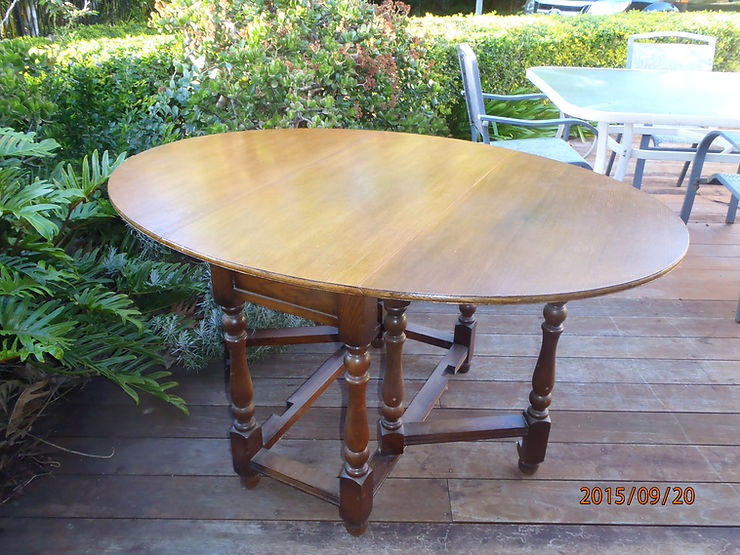The "Why" Behind the Gate Leg
- Don Jones
- Sep 28, 2015
- 1 min read
During the late 17th century, the style of housing in Europe started to change. New manor style homes were being built with much smaller and more intimate rooms. As a result a new style of table was required to suit this smaller style of housing.
It was around this time that the gate leg table emerged. The first versions of the gate leg were typically designed to seat around eight to ten people comfortably. They typically had a rectangular top but also included two rounded flaps which were hinged to the table top. When the table was not in use the flaps could be left in the lowered position which would create more space in the room for other activities.
Many examples of early gate leg tables were usually constructed in oak with a few different styles of gate leg. Some gate leg styles were quite simple in their construction – basically a prop that would support the leaf in the extended position. Other styles were somewhat more complex and decorative and involved a hinged leg apparatus that would open like a gate, to support the flaps. This innovation allowed a fairly compact piece of furniture to be versatile enough to cater for larger groups of people at the table in a small room.
It is likely in my opinion that we may see a resurgence in interest in the gate leg table in modern living. Smaller living spaces and the need for living areas that are able to transform to a multitude of needs. The gate leg, whilst first emerging in the 1600’s is a terrific solution for the 2015’s and beyond.
Don

